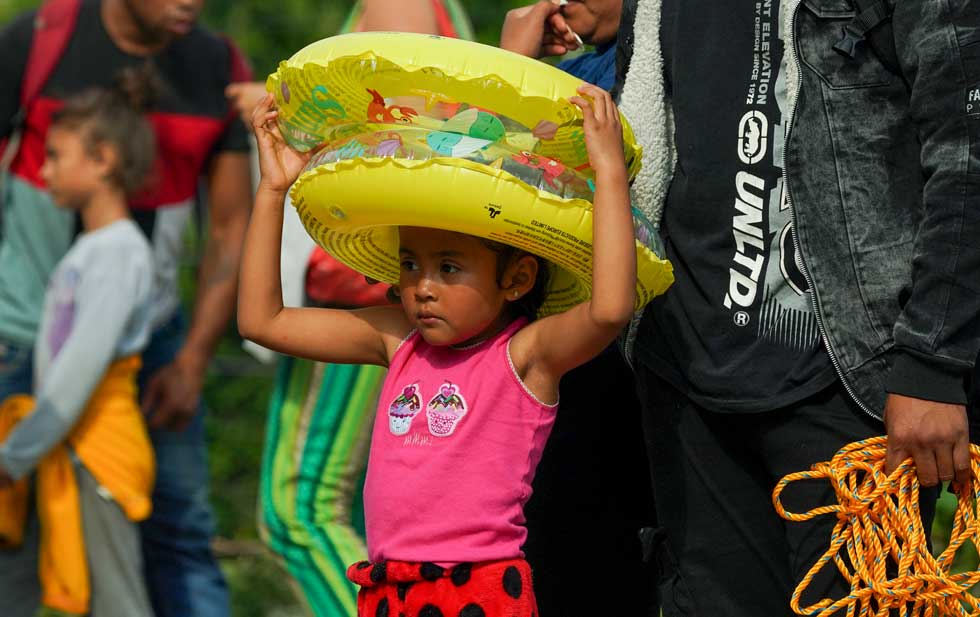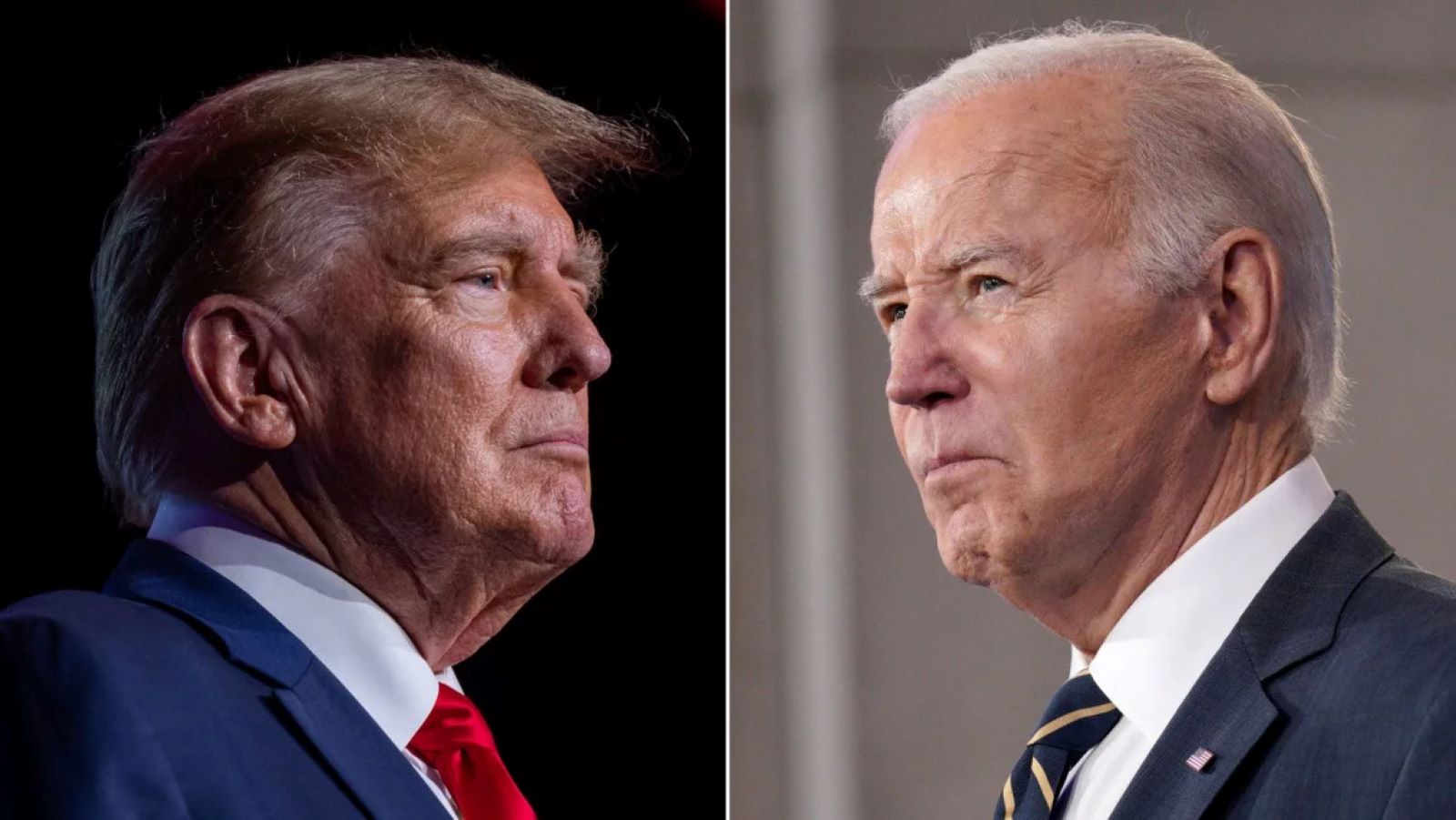Some scenes from the border between Mexico and the United States where immigration regulations will change

From El Paso and Ciudad Juarez to San Diego and Tijuana, large numbers of migrants crowded parts of the US-Mexico border Thursday in the hours leading up to the rule known as Title 42, which was implemented to prevent the spread of COVID-19.
Some immigrants who have traveled from Venezuela, Ecuador, Colombia, Peru and Central America fear it may be difficult for them to remain on US soil once restrictions are lifted.
Here are some of the scenes that occur along the 3,140-kilometer (1,950-mile) international border:
___
Maria Jose Duran, a 24-year-old Venezuelan student who was sitting on the banks of the Rio Grande in the Mexican city of Matamoros, was on the verge of tears.
Mexican immigration officials were trying to move the migrants to a temporary camp, far from the point where they could cross the river, known as the Rio Grande in English.
Doran said he dropped out of college when his parents could no longer afford it and headed to the United States with a group of friends and relatives. They crossed the treacherous Darien Forest between Colombia, Panama and then six other countries until they reached the US border.
He said, pointing to the opposite beach, where at least a dozen Texas State employees could be seen with rifles behind them • barbed wire.
From the Mexican side, members of the Texas National Guard could be seen reinforcing the wire to prevent the passage of immigrants.
Duran is later seen walking along the dam with other migrants who have crossed the river and passed through the barbed wire.
___
Lined up along the border wall in Ciudad Juarez, Mexico, hundreds of migrants made the crossing Thursday morning and were greeted by the US Border Patrol. The amount was significantly less than in recent days.
Ecuadorian Washington Javier Vaca and his wife Paulina Kongo, along with their two sons, ages 14 and 7, knew nothing of the rule change.
Congo asked: “Now will the situation be better or worse? We asked for asylum in Mexico and after four months they refused it.”
A Salvadoran named David left the border and returned to Ciudad Juárez, fearing deportation.
___
Authorities in the remote community of Yuma, in the Arizona desert, expressed concern after the average daily number of immigrant arrivals rose from 300 to 1,000 this week.
Hundreds of people who entered the Yuma area by crossing the Colorado River Thursday morning turned themselves in to border agents, who then loaded adults and children onto buses.
Mayor Doug Nichols asked the federal government to declare a national emergency so that FEMA resources and National Guard forces could be quickly allocated to his community and other small border towns.
Most migrants are taken to shelters run by nonprofit agencies located far from the border, but border officials will release them into communities if there is not enough transportation available. Nichols said authorities told him they plan to release 141 migrants who have already been processed in Yuma County on Friday.
“The question is constantly asked:” What now? I’ve been asking this question for two years now, with no answers, Nichols said. “We’re in a situation where we’ve never been before.”
___
Guatemalan people smugglers helped Chidi Mazariegos and her 4-year-old son reach Matamoros, where she and her young boy crossed the Rio Grande in a rubber boat.
But Border Patrol agents stopped them a week earlier near Brownsville, Texas. On Thursday, the 26-year-old woman and her son returned to Guatemala on one of two flights that took a total of 387 migrants.
“I heard on the news that there is an opportunity to enter,” Mazaregos said. “I heard it on the radio, but it was a lie.”
___

“Bacon advocate. Certified creator. Twitteraholic. Tv junkie. Beer fanatic. Internet nerd. Passionate thinker. Reader.”




:quality(85)/cloudfront-us-east-1.images.arcpublishing.com/infobae/OF4NJDPGLBEYJAZ5XZMH3OIPJ4.jpg)



